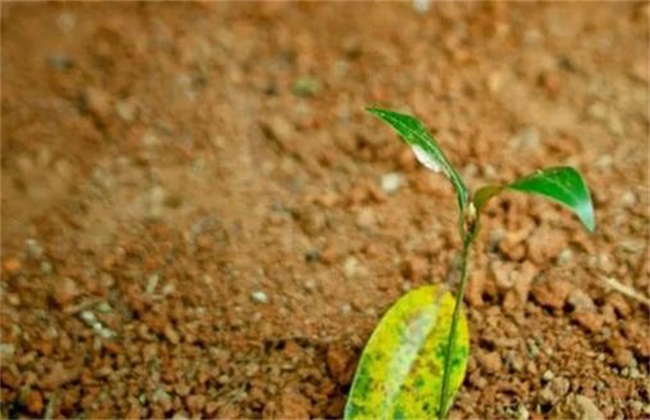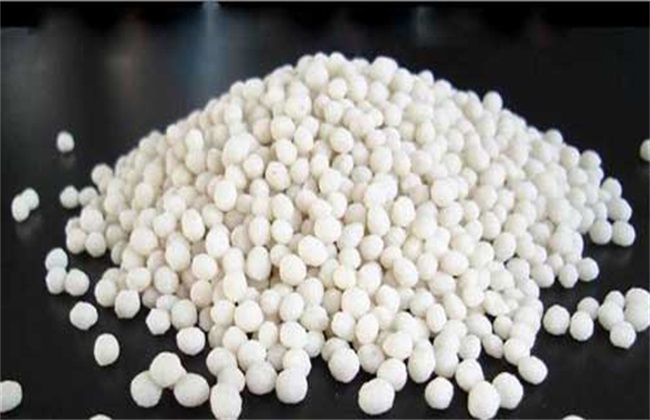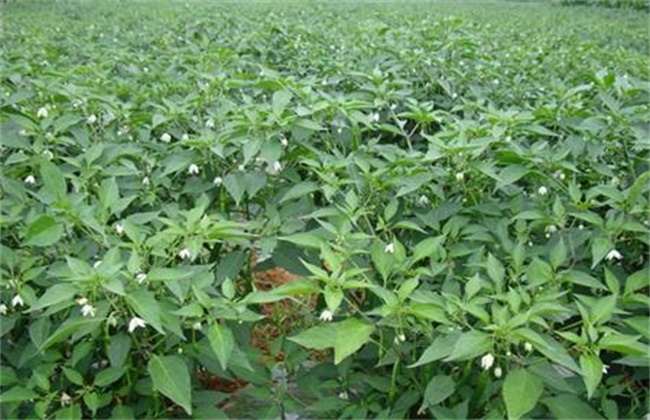Common misunderstandings in Urea Application
Urea is a kind of high quality nitrogen fertilizer, its nitrogen content is more than 45%, it has a long history in agricultural production, and the amount is large, but many farmers do not know its properties very well, so there are some misunderstandings in the application process. Let's learn about it with the editor.

1. Mixed with ammonium bicarbonate and alkaline fertilizer
Urea can not be directly absorbed by crops after being applied into the soil, but can be similar only after the transformation of soil microorganisms. its transformation rate is affected by soil properties, both fast and slow, and the alkaline environment is much slower than the acidic environment. After the application of ammonium bicarbonate, the soil will be alkaline, so the conversion rate of urea will be greatly slowed down, resulting in fertilizer loss and volatilization. Similarly, alkaline fertilizer is the same, after application, it will also cause the soil to be alkaline and slow down the conversion rate of urea. The correct thing to do is to stagger urea and alkaline fertilizer, which generally needs to be staggered for 3-4 days in summer and autumn and 7-8 days in winter.
2. Spread and use as seed fertilizer
For convenience, many farmers directly spread urea on the ground for convenience, which is a big mistake. Urea application on the ground takes several days to be transformed before it can be absorbed by crops. And in the conversion process will also cause a large number of volatilization, the general utilization rate is only about 1/3, if it is an alkaline environment, then the volatilization will be greater. The correct fertilization method of urea should be hole application next to the seedling or furrow application on the seedling side, and the depth should be about 10-15cm. Many farmers also like to use it as seed fertilizer, urea will produce a small amount of biuret in production, once the content of this substance is more than 2%, it will be toxic to seeds and seedlings, affecting seed germination and seedling growth, and death of seedlings in serious cases. Therefore, urea is not suitable as a seedling, if it is to avoid direct contact with seeds, but also to control the dosage.
3. Watering after application
As we said earlier, urea is an amide nitrogen fertilizer, which needs to be converted into ammonium nitrogen before it can be absorbed by crops. the conversion time varies according to different environments, usually between 2 and 10 hours. If it is watered immediately after fertilization, urea will dissolve in water and lose a lot of urea, resulting in a waste of fertilizer. In the correct way, it is not suitable to water immediately after fertilization. Generally, 2-3 days of fertilization are applied in summer and autumn, while it takes 7-8 days when the temperature is low in winter.
4. Apply it to celery
Celery needs to apply a lot of nitrogen fertilizer in the growing period, but urea can not be applied, because topdressing urea will make celery fiber thicker, plant aging, slow growth, and edible with wilt, poor quality. The correct application of ammonium bicarbonate, ammonia and organic fertilizer will help to improve the quality.
The above is the introduction of common misunderstandings in the application of urea. I hope it can help you. If you want to know more about it, please follow us.
Related
- Fuxing push coffee new agricultural production and marketing class: lack of small-scale processing plants
- Jujube rice field leisure farm deep ploughing Yilan for five years to create a space for organic food and play
- Nongyu Farm-A trial of organic papaya for brave women with advanced technology
- Four points for attention in the prevention and control of diseases and insect pests of edible fungi
- How to add nutrient solution to Edible Fungi
- Is there any good way to control edible fungus mites?
- Open Inoculation Technology of Edible Fungi
- Is there any clever way to use fertilizer for edible fungus in winter?
- What agents are used to kill the pathogens of edible fungi in the mushroom shed?
- Rapid drying of Edible Fungi



